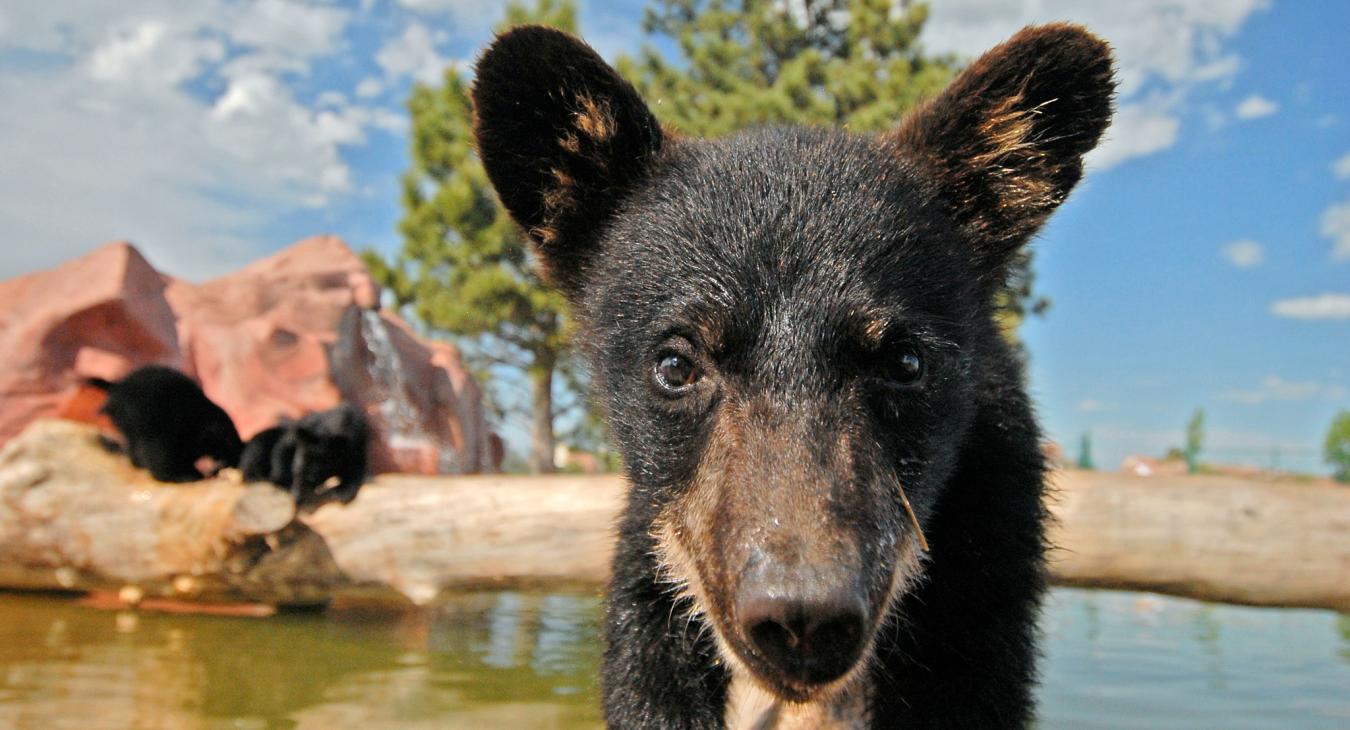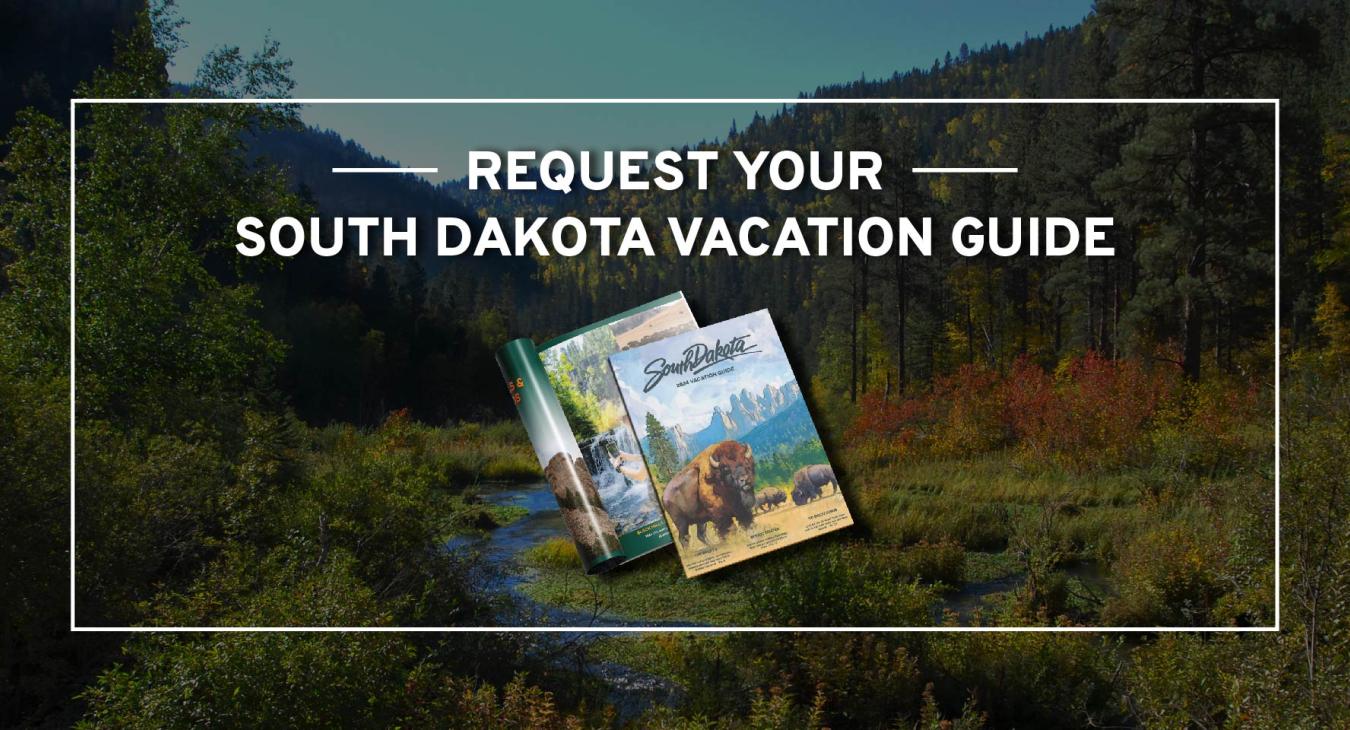Very few people have had a full-grown black bear look in the window of their family car, or if they have, it was not by choice. Even fewer have seen a reindeer or a elk up close. However, many people are getting experiences like these at Bear Country U.S.A. in the Black Hills of South Dakota.Nestled over 200 acres amidst towering pines and along rolling meadows just eight miles south of Rapid City, Bear Country U.S.A. offers visitors intimate views of most North American mammals. Visitors take a leisurely three-mile drive through several enclosures and encounter black bear, elk, reindeer, deer, cougars, bobcats, bighorn sheep, dall sheep, pronghorn and buffalo.At this “the home of the largest collection of privately owned black bear in the world”, Bear Country U.S.A. guests are guaranteed to see more than they bargained for. From the comfort of their own car, visitors watch as these clowns of nature frolic in a pool, climb trees and amble across the road in front of their vehicle.
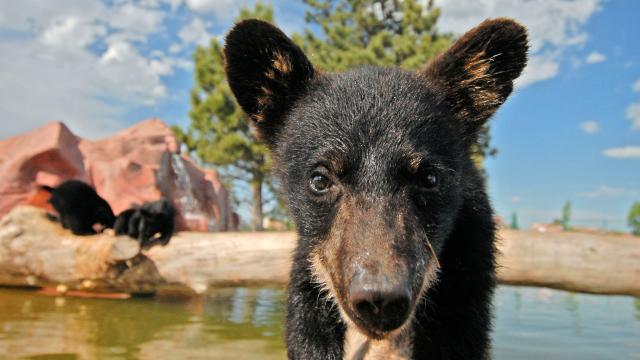
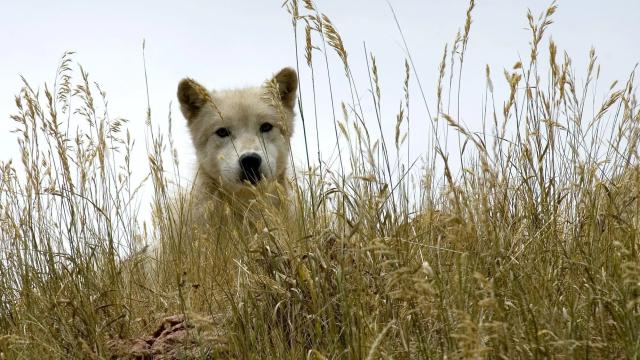
History
Opened in August 1972 by Dr. Dennis “Doc” Casey and his wife Pauline. Starting with a modest collection of animals, it has grown significantly over the years and is now home to over 200 black bears and a variety of other wildlife, including timber wolves, arctic wolves, bobcats, and mountain lions. The park, still managed by the Casey family, emphasizes the survival, manageability, and marketability of its animals, boasting a 98% survival rate for its bear cubs, which are hand-raised by staff. The park has not expanded in size, but continuous improvements and renovations are made to the animal enclosures to present them in natural habitats. The Wildlife Center allows visitors to closely observe younger and smaller animals in an interactive setting.
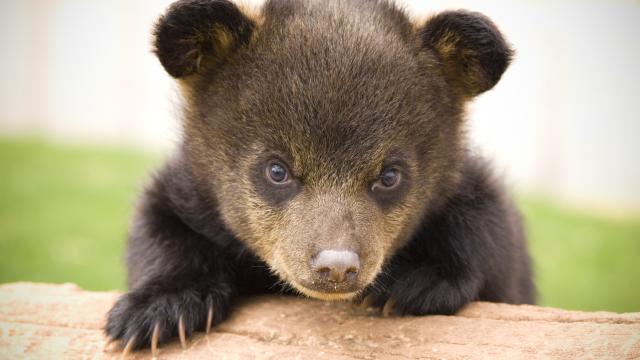
Sustainable Practices
Bear Country USA implements sustainable rotational grazing and innovative pasture management, using a custom mix of drought-tolerant grasses and water-efficient shelter belts for its hoof stock. Additionally, it plays a pivotal role in conservation efforts through its involvement in bear hibernation and captive breeding research collaborations.

